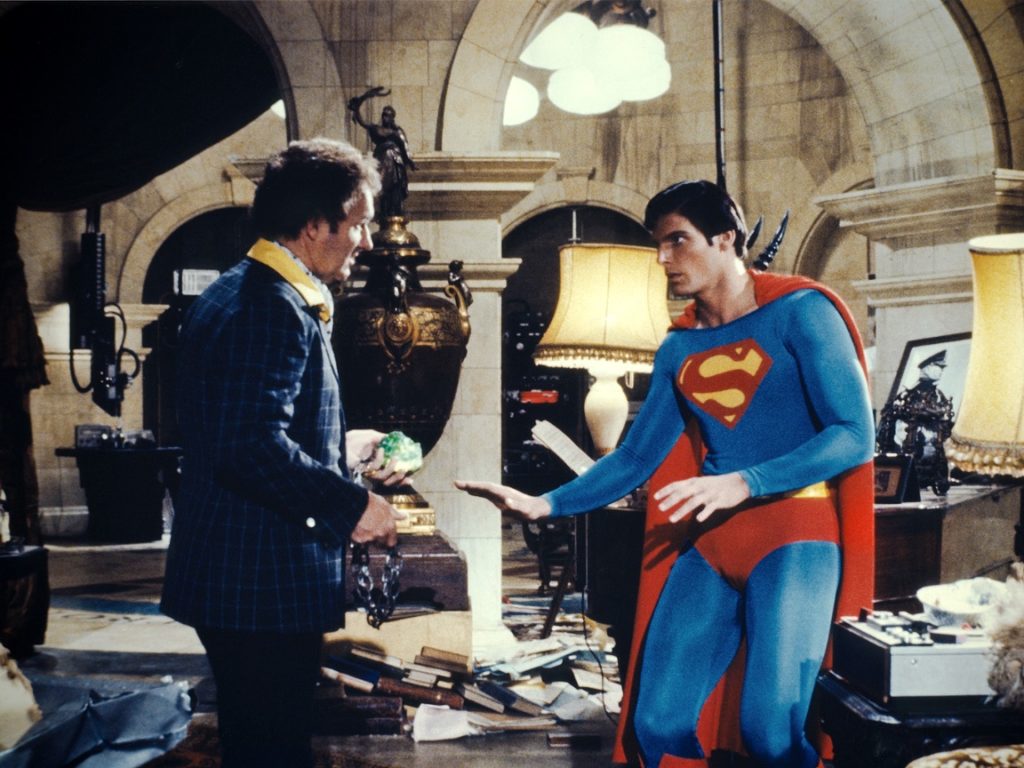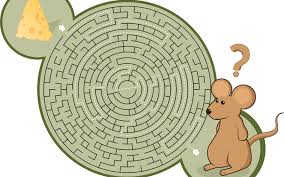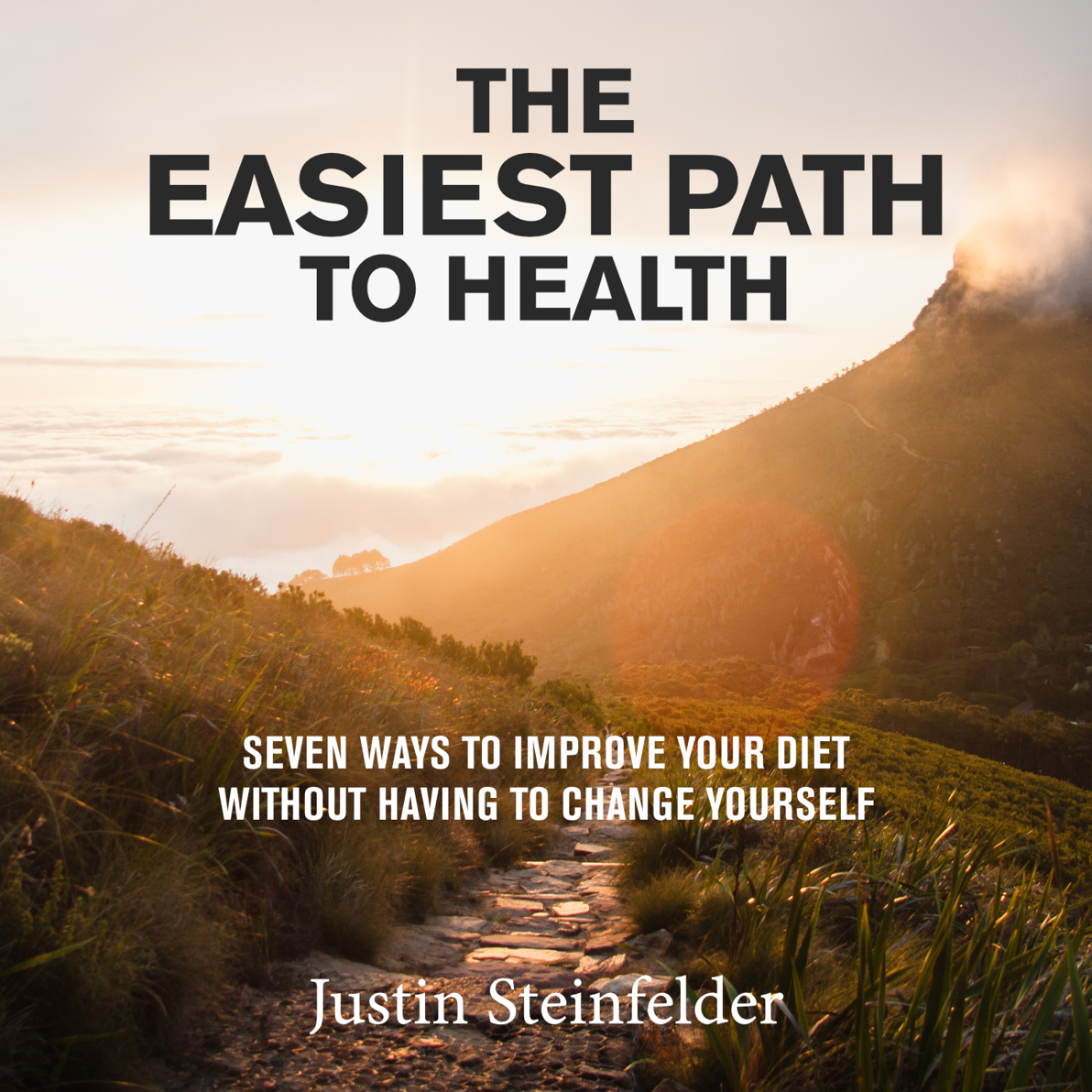S
“Even the most hardworking among us are, on some level, pretty lazy. At the very least, we are constantly assessing situations for the path of least resistance—or, to put it another way, the path with the fewest obstacles.”
Dr. Traci Mann, Secrets from The Eating Lab
[Download the free e-book here with all seven Tweaks]
The Situation
As we’ve seen, placing a guitar in the closet instead of on the wall is an attention-related tweak. If we see it, we will be likely to play; if we don’t, we won’t. But there is a further measure we can take. We can create or remove obstacles to play.
For instance, to play the guitar it must be in tune. Tuning, then, is an obstacle to play. Whether or not we see the guitar, leaving it tuned or untuned is often sufficient to deter motivation.
It’s easy to see how a long day of work may dampen one’s interest in cooking a healthy meal. But what if you’d already chopped and roasted over the weekend. That may have prevented the default Thai food over-order.
Conversely, seeing the chocolate chip cookies on the counter is bad. A Tweak #2 step would be to keep them in the pantry rather than on the counter. But what if they were still in frozen dough form? I don’t see our friend starting to bake at 9 p.m.
To best handle the obstacles, we need to put in place a two-part system. First, we have to remove obstacles from the good. This is more than merely moving the broccoli to the top shelf in the fridge; steam it and chop it, too.
Second, we can use the power of obstacles to create barriers to the bad. If you’re trying to read a book, your phone becomes the siren’s call. Don’t just hide it; turn it off.
The Science
Dr. Traci Mann is a professor of social and health psychology at the University of Minnesota. Her book, Secrets from the Eating Lab, is eye-opening in terms of our broken relationship to food. It includes some useful tactics to improve that relationship, in particular the many obstacles related to the good and the bad.
Dr. Mann cites one study where researchers influenced people’s candy intake simply by changing the position of the dish around the room. If you had to get up, say, and walk five feet across the room to get the candy, you were significantly less likely to do it.
Even more surprising, just moving the candy dish to a place that required a bit of reaching (rather than taking zero effort) led to less candy consumption.
And this also works in the opposite way. Perceived barriers decrease the likelihood of consumption of healthy foods like fruits and vegetables. In one study, a long preparation time was reported as a significant barrier to consumption by women.
The rub: Elephants are attracted to easy. If you do not want something to happen, construct a wall; if you do want it to happen, remove that wall. It’s that simple. To get you started, I have provided some ideas below.
The Strategies
In the first two Tweaks, we put good things in view and bad things out of sight. But sometimes these measures aren’t strong enough. To add insurance, we want to create extra barriers to the bad and remove those obstacles from the good. Here’s how:
A. FACILITATE THE GOOD
I have a family friend who lives down the street. Whenever we go out of town with him, one of the first things he does upon arrival is buy a bunch of veggies (broccoli, cauliflower, snap peas, peppers), chop them up, and place them in a huge Tupperware bowl. Then, whenever we feel the urge to snack (say, an hour or so before dinner), he places the container on the counter. Even people who don’t normally eat raw veggies part take in the guilt-free fun.
As they say, “If you fail to prepare, prepare to fail”. A crucial step to health is having healthy food always at the ready. Take an hour or two on the weekend to prep for the week ahead. On Saturday or Sunday afternoon make a large salad, a Tupperware of quinoa and lentils, and a clear container of steamed or lightly sautéed veggies.
B. BLOCK THE BAD
Simply placing a barrier between you and the cereal box can be very effective. This goes further than Hiding the Bad on the bottom shelf. Put it in a drawer, place a lock on it, give your significant other the key. Locked up too much? Placing a note on the drawer has been shown to remind you of your commitment.
Purchase ‘cheat’ foods in their raw form. For example, if pasta is your weakness, only have it in the house raw so that if you want it that badly you have to cook it. If you are trying to stop overeating meat, purchase it in uncooked form as well.
C. APPLY THIS TO HEALTHY AREAS OUTSIDE EATING
Get some sleep. If you’re going to keep the TV in the bedroom, get rid of your remote so you must stand up to turn on the TV and change the channel. For the morning, when it’s time to wake up for the gym, move your alarm clock to a place that you can’t reach (again, recall our Day in the Life friend).
Get a gym bag. The night before you want to go to the gym, place your clothes and athletic shoes in the bag. Leave it by the door or in the car.
Or try the full Superman. Wear your gym clothes under your work attire. From there, the rest is simple: find a phone booth, tear off that button-down shirt, remove your glasses, and go trounce Gene Hackman.

Want more Tweaks? Download my ebook (free) with six more research-backed Tweaks, including how to use color to attract yourself to healthy food, and what to do about those pesky ‘domino foods.’


